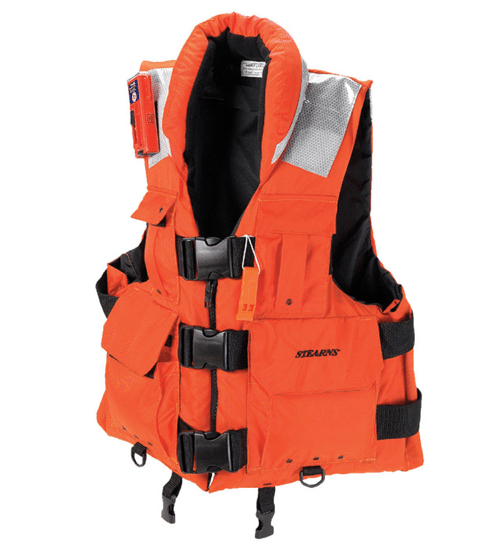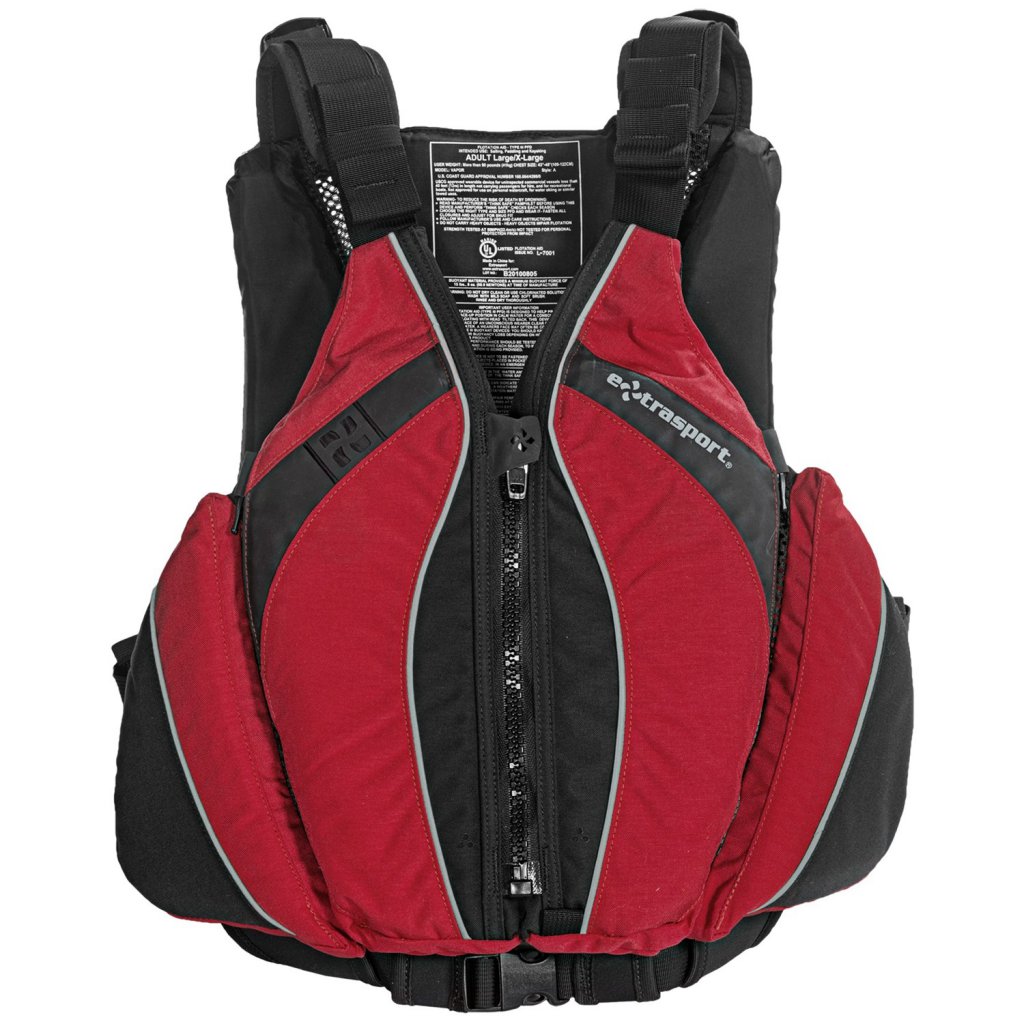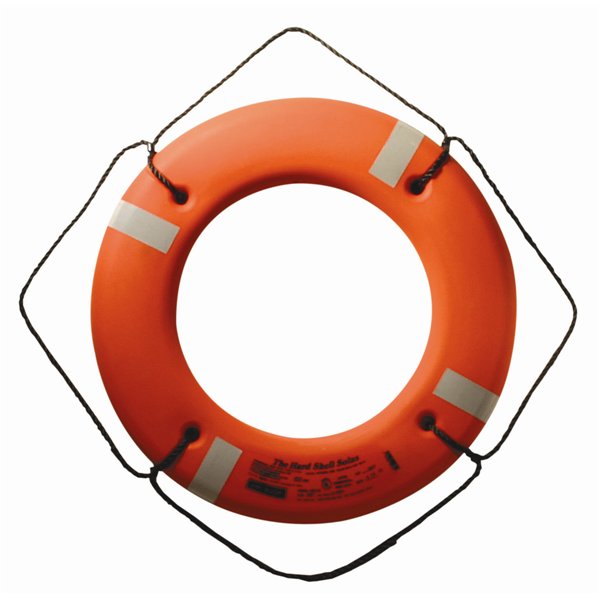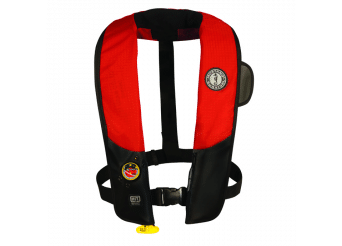Personal Floatation Devices are absolutely essential for almost all fishing activities and are your first line of defense if things go wrong. In most cases they are required by law, either stored on board your boat or to be worn at all times. The U. S. Coast Guard classifies PFDs by type and description. Here are the basics to help determine which type you should purchase and use.
How much buoyancy that is provided by each type determines their designation by USCG. According to their research, adults need an additional 7 to 12 pounds of buoyancy to keep one’s head above water.
Type 1
These are the heaviest PFDs and are required on all charter boats, one for each passenger. They are typically a life jacket and often include an attached whistle and a small battery powered strobe light. Their design ensures an unconscious person will float face-up and they will keep a person buoyant even in relatively rough seas. Because they are fairly bulky, space on board must be considered not only for storage but also for ease of quick access. A Type 1 must offer at least 22 pounds of buoyancy.

Type 2
Less bulky and less expensive than the Type 1, a classic “life jacket” design. Keeps head above the water is wearer is unconscious. More suitable for use in calmer waters. 15.5 pounds of buoyancy.

Type 3
The most popular type used by most recreational boaters and because of this there are many models on the market, some designed specifically for fishing with pockets for fishing gear. Usually less bulky than the Type 2 and therefore more comfortable for all-day use. 15.5 pounds of buoyancy.

Ring Buoy & Seat Cushions
These are considered “throw devices” by the USCG and while they may satisfy the law regarding required PFDs on board they should be considered only a back-up solution to emergencies. 16 – 18 pounds of buoyancy, on average.

Inflatable PFDs
These are the latest development in Personal Floatation Devices. Many are a suspender design, with CO2 cartridges that inflate the device and are activated manually or on contact with the water. They will also have a small tube to use to inflate the vest if the CO2 cartridge fails; many come with spare cartridges packed inside. Some jackets used by boaters also have this CO2 inflating option, making them a type of PFD. The primary advantage of the suspender-type inflatable PFD is easy and comfortable use – when worn (and not inflated) they do not restrict movement and are very light with almost no bulk. However, attention must be paid to the state of CO2 cartridge. Most have some sort of indicator to signal when the cartridge should be replaced. Shore fishermen who fish anywhere where there is danger of slipping off rocks or drop-offs into deep water, especially places where there may be surf should consider wearing one of these PFDs at all times.

Tips for using PFDs
Always inspect and try the snaps and straps on any PFDs you’re considering. They must hold the PFD securely but be easy to operate.
USCG regulations require one PFD for each person on board a vessel. If you’re likely to be in very rough water it may make sense to have both Type 1 or Type 2 PFDs on board but also the inflatable suspender type. You can then instruct your passengers to wear the inflatables if drifting while fishing, or at all times.
In Massachusetts, law requires all passengers under the age of 12 on any watercraft to wear an approved PFD at all times. All operators of Personal Watercraft (AKA “jet skis”) must wear an approved PFD at all times. Kayak/canoe operators must wear a PFD at all times from September 15 – May 15.
Check the label on any PFD being considered for purchase to determine it’s Type and if it is USCG Approved.
Be sure to periodically inspect all PFDs left on-board your boat to ensure they are in good condition and operational.
Always store PFDs in a location that can be easily accessed in an emergency. Things can go bad very quickly on the water and PFDs must be available as quickly as possible.
When in doubt, strongly suggest (demand?) your passengers wear PFDs as conditions dictate. And don’t forget to wear one yourself!
